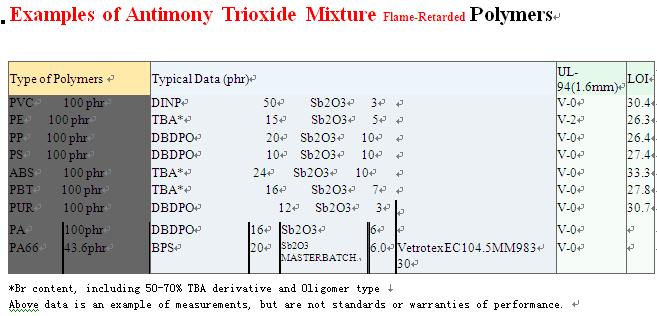

Making fireworks requires chemicals with very specific properties and characteristics. Skylighter offers a wide variety of chemicals used to make fireworks and pyrotechnic devices. Here you will find all the common oxidizers and fuels such as potassium perchlorate, potassium nitrate (saltpeter), sodium nitrate, strontium nitrate, aluminum and other metal powders used in making fireworks. But Skylighter can also provide you with many less common and hard to find fireworks chemicals such as Parlon, saran, red gum, starpol, Chlorowax, and dozens of others. Click here for more resources on making fireworks and using pyrotechnic chemicals.
Unless otherwise noted, all fireworks and pyrotechnic chemicals come packed in a twist-tied plastic bag in a sealed, reusable plastic tub. Some, very light-weight, high-volume pyrotechnic chemicals (like air float charcoal, lampblack, and Cab-O-Sil) are packed in boxes instead of tubs. Each container is labeled, shows the chemical's safety rating, and contains a material safety data sheet (MSDS) for that chemical. The pyrotechnic chemicals we supply are generally technical grade, sometimes better. Technical grade is generally defined as "chemicals of reasonable purity". Our fireworks chemicals' descriptions have been excerpted from The Illustrated Dictionary of Pyrotechnics and Fireworks: The Art, Science and Technique.
Formula: Sb2S3
Description: Antimony trisulfide is a fuel which is sometimes used in glitter compositions, fountain compositions and flash powder. For the latter purpose however it is used less and less as it is very poisonous and can usually be replaced by sulphur or completely omitted. Flash compositions containing antimony trisulfide are very sensitive to friction, shock, and static electricity.
Hazards: Antimony trisulfide should never be used in any mixture containing chlorates or spontaneous ignition may occur. Mixtures with antimony trisulfide and perchlorates are very sensitive to friction and shock and extra caution should be exercised when handling these mixtures. These mixtures are best avoided at all. Wear proper protective clothing including a dust mask, when working with compositions containing antimony trisulfide as it is very poisonous.
Sources: Antimony trisulfide is sometimes sold as a pigment in (art) paint stores, but is not used very commonly these days due to it's toxicity. It can be made at home by fusing a stoichiometric mixture of antimony metal and sulphur. This is a very dangerous operation since extremely toxic fumes will form and it should only be performed with proper safety precautions taken.

**********************
DONGGUAN JIEFU FLAME-RETARDED MATERIALS CO.,LTD
Sam Xu
Tel: 86-755-83474911
Fax: 86-755-83474980
Mobile:13929211059
E-mail: xubiao_1996(at)hotmail.com samjiefu(at)gmail.com
Add: jiefu industrial park shuiping industrail district dalang town dongguan GD,P.R.C
blog:http://antimony-trioxide.blogspot.com
website:http://www.jiefu.com










0 comment:
Post a Comment